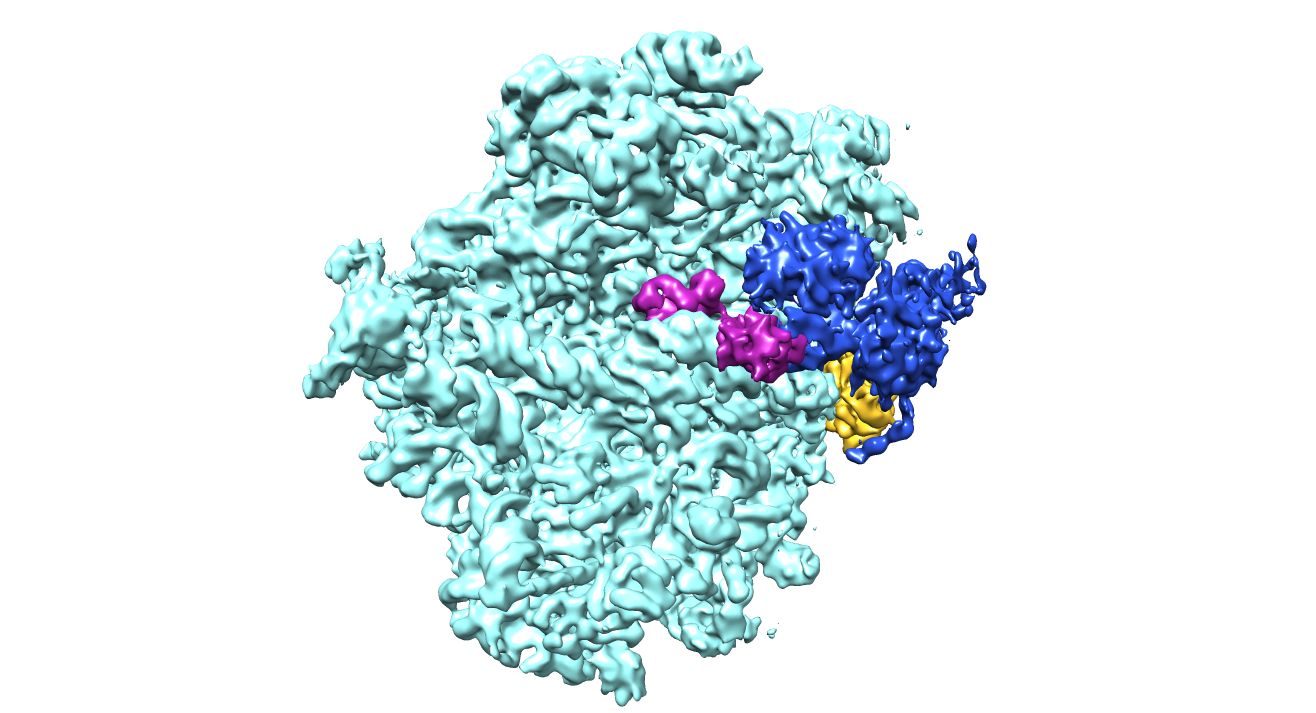Professor Alan Warren
Position: Professor
Personal home page:
http://www.cimr.cam.ac.uk/research/principal-investigators/principal-investigators-q-z/warren
PubMed journal articles - click here
Professor Alan Warren is pleased to consider applications from prospective PhD students.
Our long-term goal is to elucidate the molecular mechanisms of ribosome assembly in eukaryotic cells and to understand how defects in this process cause bone marrow failure and cancer predisposition. Assembly of the two subunits of the ribosome, containing 80 different ribosomal proteins and four ribosomal RNAs, is an essential, evolutionarily conserved process involving around 200 assembly factors. A major bottleneck in understanding the mechanism of ribosome synthesis is to elucidate the precise function of each of the assembly factors. This is not only a fundamental biological problem, but it is also important for oncogenesis: a novel class of human cancer predisposition disorder has recently emerged that is caused by mutations in components of the ribosome assembly pathway (ribosomopathies). In particular, we discovered that the SBDS gene that is mutated in the leukaemia predisposition disorder Shwachman-Diamond syndrome (SDS) has a key conserved role in maturation of the large ribosomal subunit. My lab combines in vivo genetic approaches in a variety of model organisms with biochemistry and structural biology, using the latest advances in single-particle cryo-electron microscopy in particular.
Symplectic Elements feed provided by Research Information, University of Cambridge
Weis F, Giudice E, Churcher M, Jin L, Hilcenko C, Wong CC, Traynor D, Kay RR, Warren AJ. Mechanism of eIF6 release from the nascent 60S ribosomal subunit. Nat Struct Mol Biol, (2015) Nov;22(11):914-9. doi: 10.1038/nsmb.3112. Epub 2015 Oct 19. PMID: 26479198.
Wong CC, Traynor D, Basse N, Kay RR, Warren AJ. Defective ribosome assembly in Shwachman- Diamond syndrome. Plenary Paper, Blood. 2011 Oct 20;118(16):4305-12. doi: 10.1182/blood-2011-06- 353938. Epub 2011 Jul 29. PMID: 21803848
Finch AJ, Hilcenko C, Basse N, Drynan LF, Goyenechea B, Menne TF, González Fernández Á, Simpson P, D?Santos CS, Arends MJ, Donadieu J, Bellanné-Chantelot C, Costanzo M, Boone C, McKenzie AN, Freund SM, Warren AJ. Uncoupling of GTP hydrolysis from eIF6 release on the ribosome causes Shwachman-Diamond syndrome. Genes and Development (2011) 25: 917-929. PMID: 21536732
Menne TM, Goyenechea B, Sánchez-Puig N, Wong CC, Tonkin LM, Ancliff P, Brost RL, Costanzo M, Boone C and Warren AJ. The Shwachman-Bodian-Diamond syndrome protein mediates translational activation of ribosomes in yeast. Nature Genetics (2007) 39: 486-95.
















